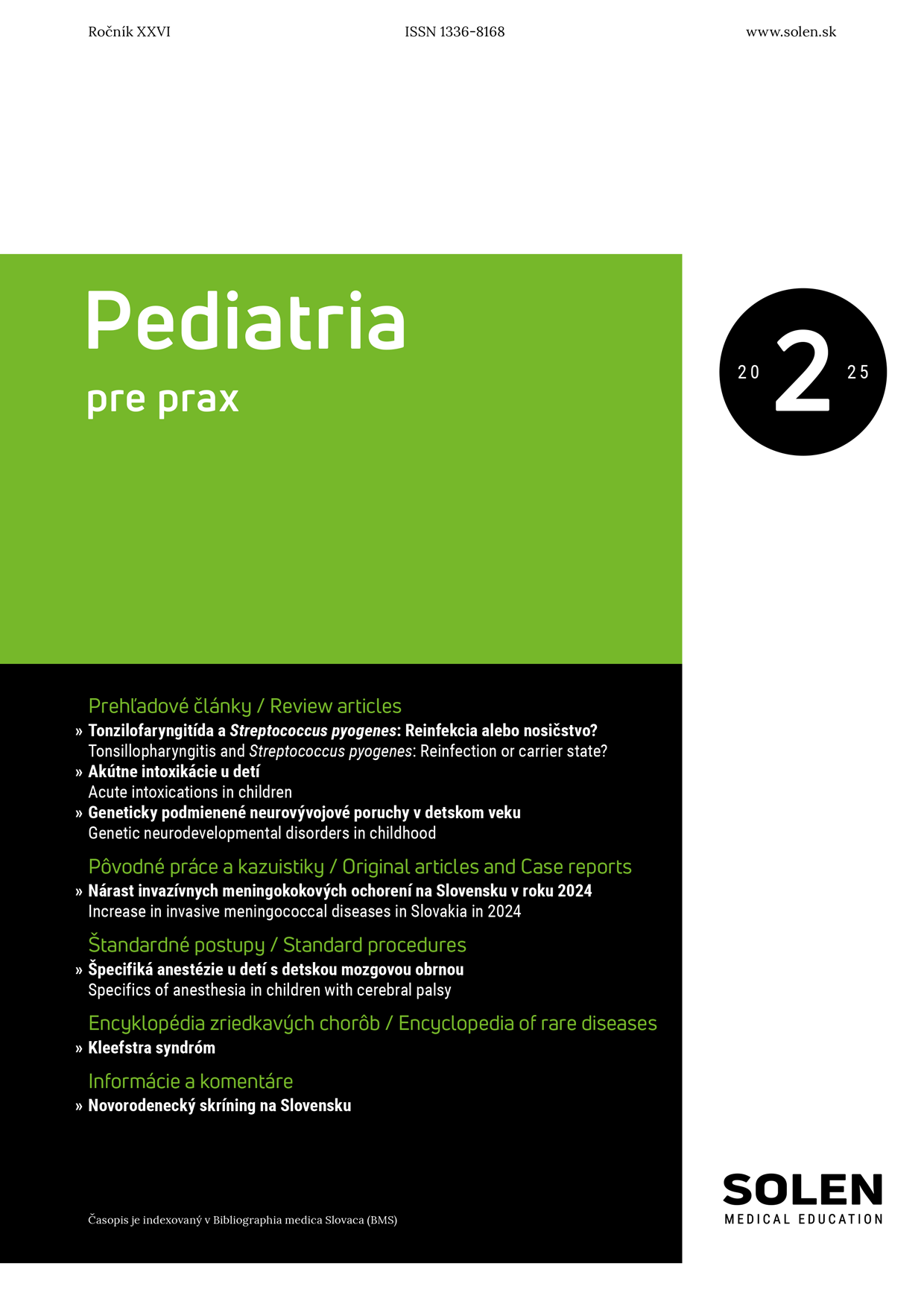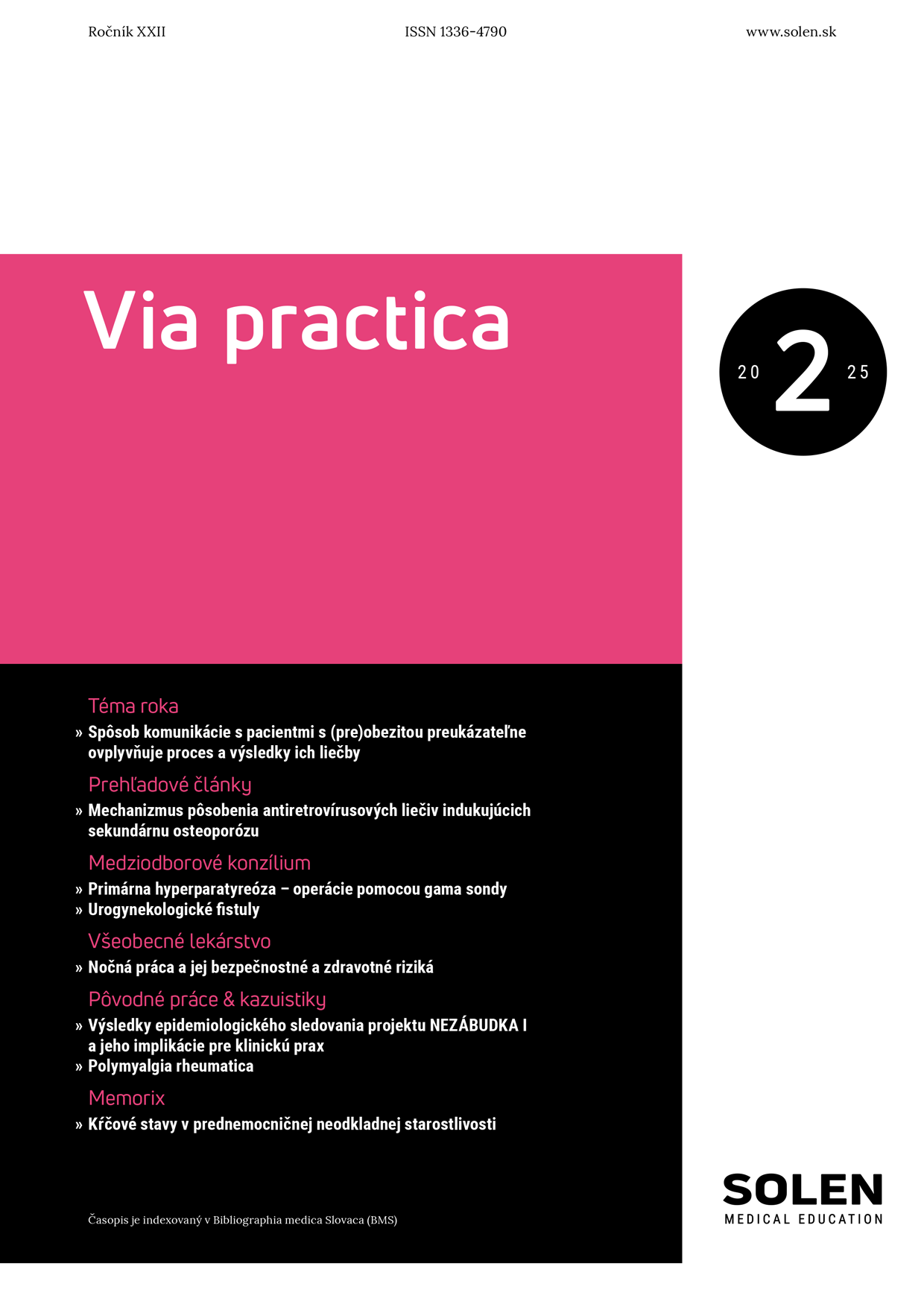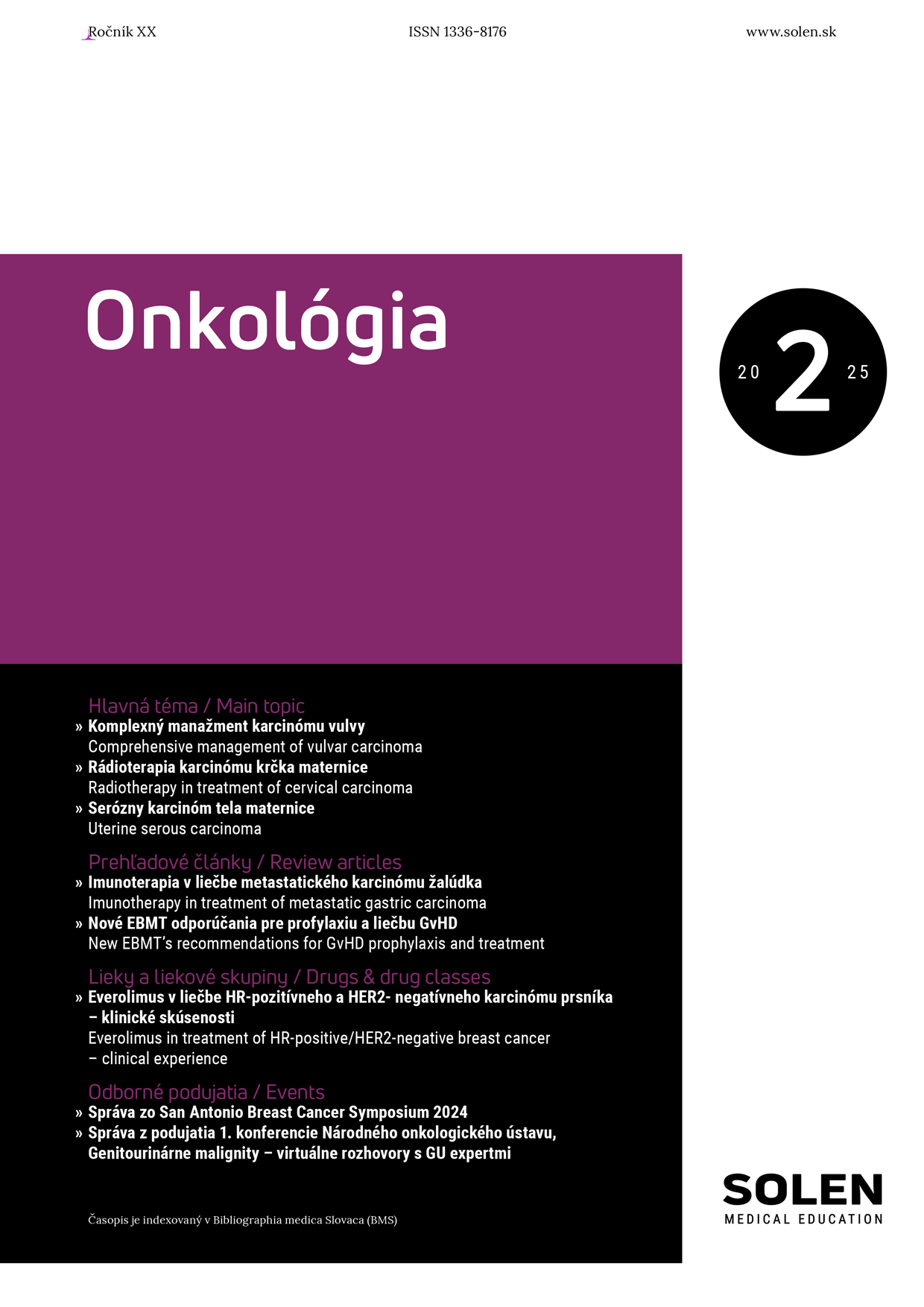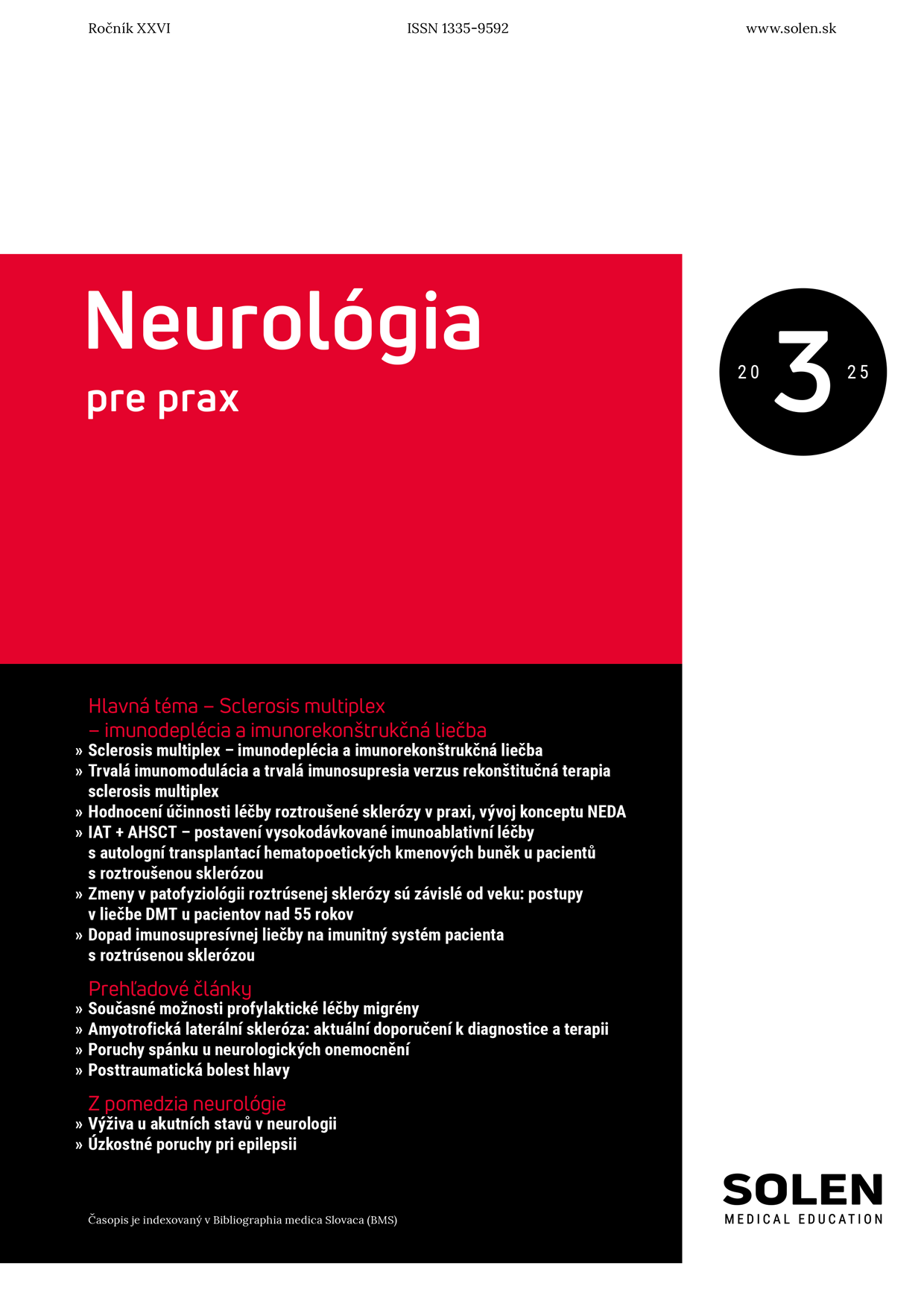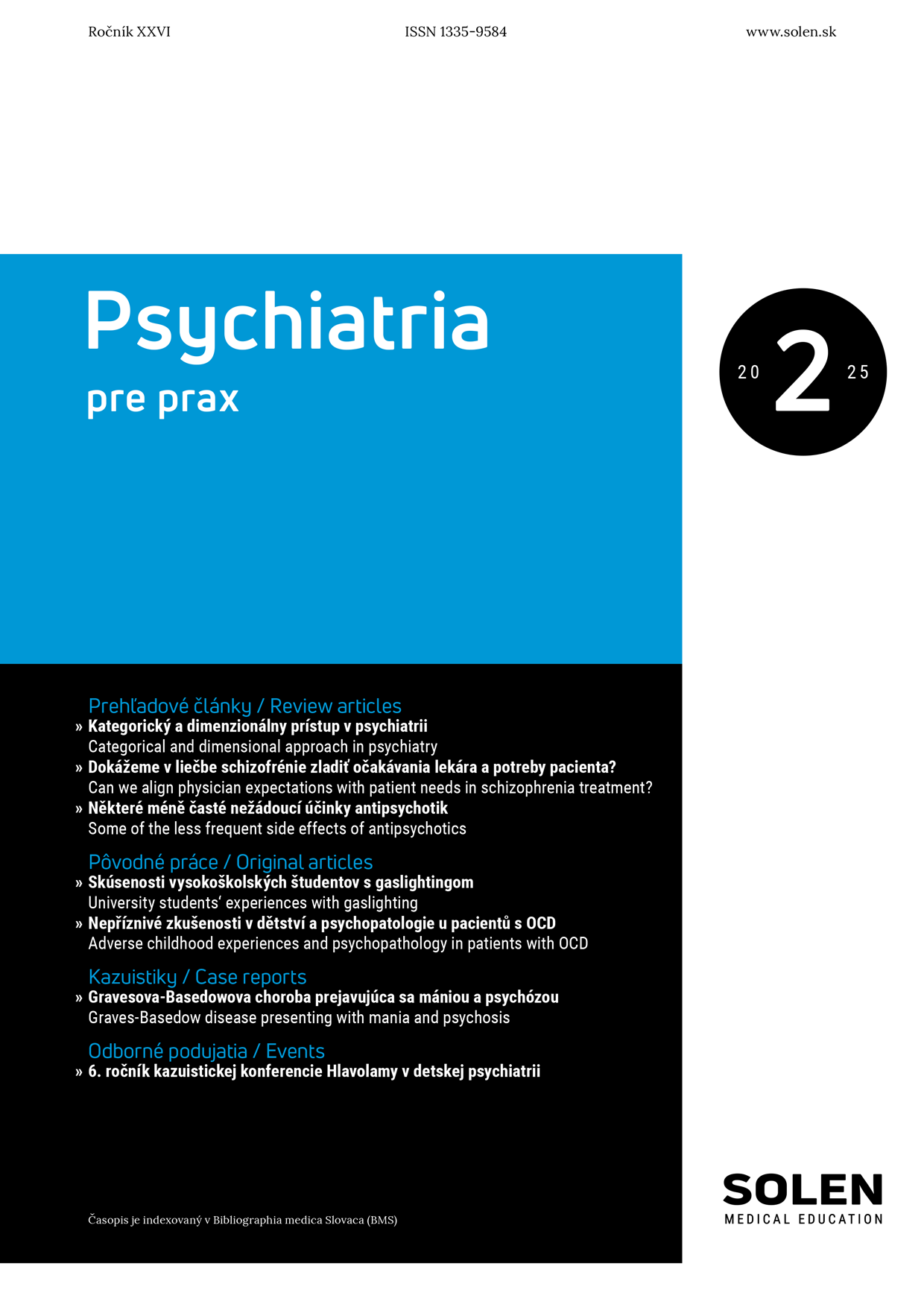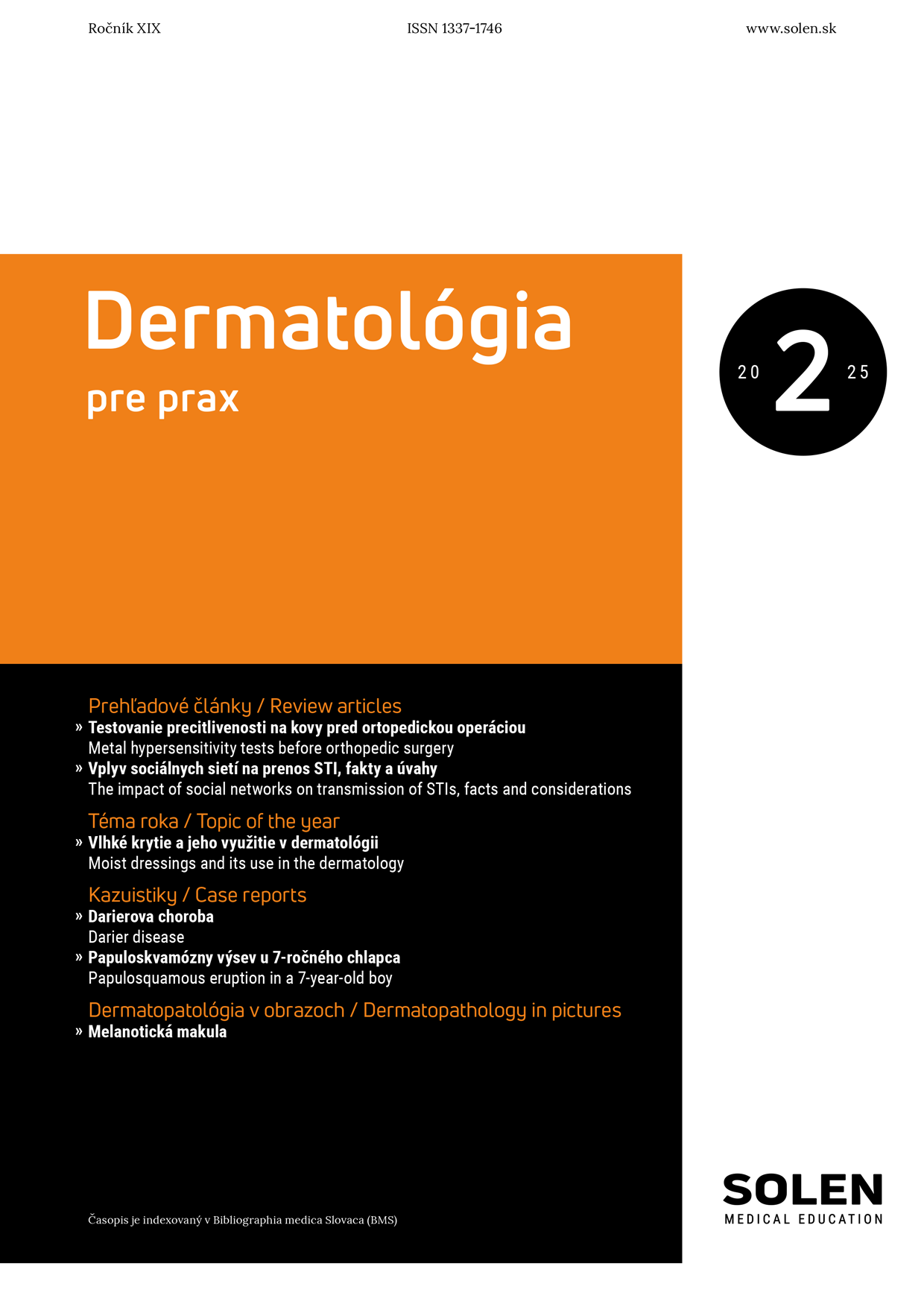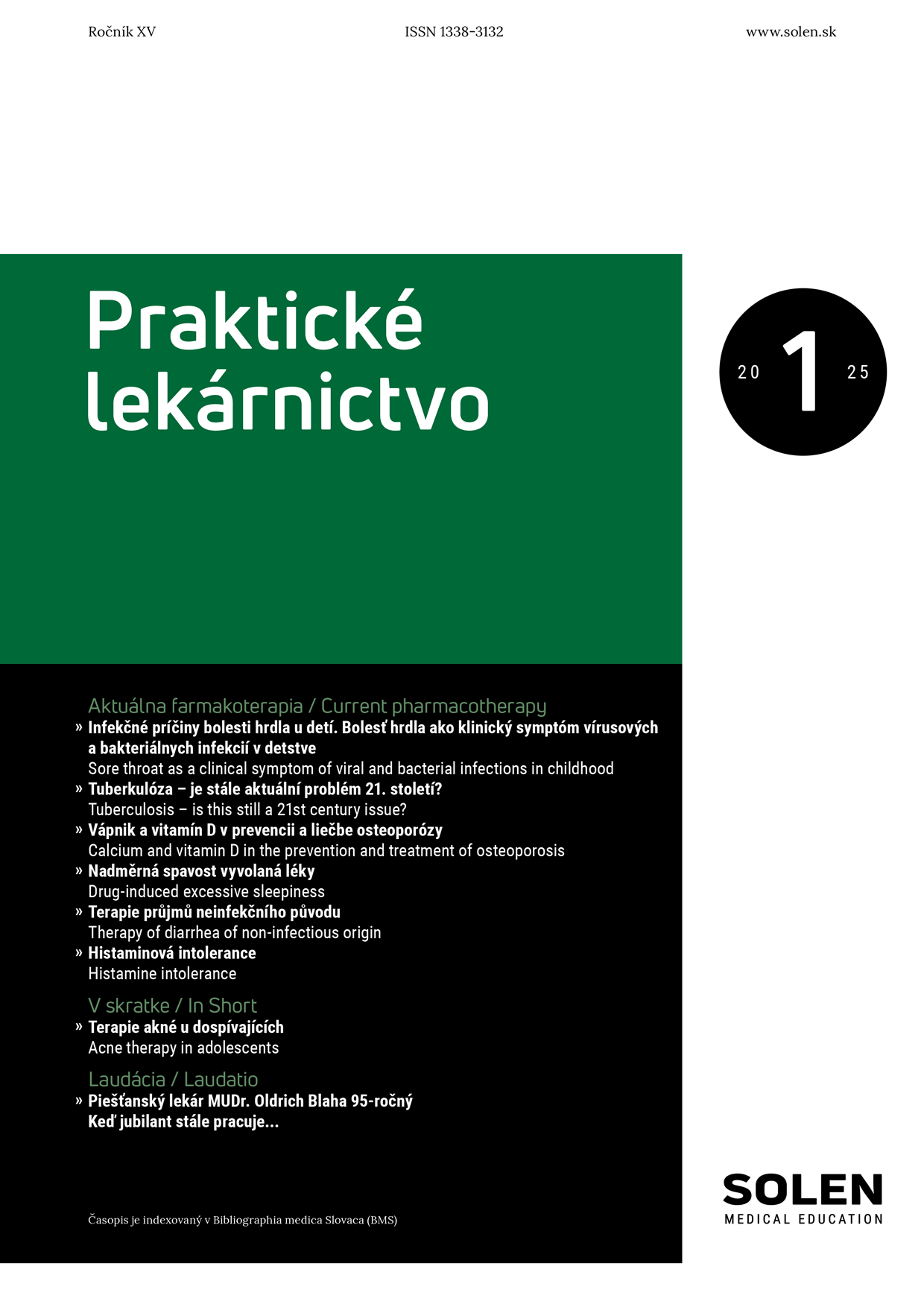Onkológia 4/2010
Hepatocelulární karcinom u dětí a adolescentů – rozdíly od hepatologie dospělých
Hepatocelulární karcinom u dětí a dospívajících je vzácný, vysoce agresivní typ nádorů. Od hepatocelulárního karcinomu staršího věku se liší epidemiologií, etiologií, klinickými příznaky a biologickými charakteristikami. Základem léčby zůstává radikální chirurgická resekce. Pokud není možná, je metodou volby primární časná transplantace jater. Chemoterapie má pouze limitovanou roli, biologická léčba u dětí a adolescentů je součástí klinických studií.
Kľúčové slová: hepatocelulární karcinom, děti a adolescenti, věkově specifické rozdíly v epidemiologii, etiologii a patogeneze, biologické studie, klinické prezentace, způsob léčby, role transplantace jater, přežívání.
Hepatocellular carcinoma in children a adolescents – differences in comparison with the hepatology in adults
Hepatocellular carcinoma in childhood and adolescents is rare and higly agressive type of tumor. It differs from adult hepatocellular carcinoma in epidemiology, ethiology, clinical symptoms and biology features. Cornerstone of therapy is radical surgical resection of the tumor. If it is not possible to perform, patient is indicated for early primary liver transplantation. The role of chemotherapy is very limited, biology therapy is still investigational for children and adolescents.
Keywords: hepatocellular carcinoma, children and adolescents, age specific diffrencess in epidemiology, ethiology a pathogenesis, biology studies, clinical presentation, typ of treatment, role of liver transplantation, outcome.


